Which format should DJs be using for the best results? And does it matter what format a DJ downloads their music in? This article will break down everything you need to know about digital audio files and how it affects the gigs you play!
To understand the quality of our tracks, this article will first geek out on how a digital file is created. If you want to skip the geeky information out, head to the bottom of this article to see which file format is best for you!
How Digital Music Files Are Created
To create a digital audio file, the computer must sample the analogue audio, collecting data about the frequency and volume of the waveform numerous times a second. The amount of times a waveform is sampled in a given second of the track is called the Sample Rate. The amount of data allocated to each sample for volume accuracy is called Bit Depth. Combined, the sample rate and bit depth create the raw digital copy of a track. This file, usually large in size, can then be compressed to either a lossless or lossy format.
What is Sample Rate?
The frequency at which a track’s waveform information is captured digitally is called the sample rate. The higher the sample rate, the more accurately the computer can reproduce the original waveform, ensuring a higher-quality track.
Nyquist Theory
To accurately capture audio, the sample rate needs to be double the highest frequency in the recording. Known as the Nyquist Theory, the process allows the computer to accurately reproduce each frequency by capturing both the highest and lowest point in the soundwave. For example, a 1kHz frequency wave would need capturing with a 2kHz sample rate for the computer to reproduce the sound wave.

Standard Sample Rates
The standard sample rate for audio recordings is 44,100 Hz. Chosen because the generally accepted highest frequency a human can hear is 20,000Hz. Using the Nyquist Theory, the sample rate needed to reproduce 20,000Hz is 40,000Hz. Unfortunately, when reproducing very high frequencies using the Nyquist theory, some aliasing can occur. Aliasing is minor errors in reproduction that create unwanted audio artefacts. A high pass filter is applied above 20,000Hz to block higher frequencies, combatting this issue.
The high pass filter is 2050hz wide, affecting frequencies between 20,000Hz – 22,050Hz. As such, the filter requires 4100Hz of sampling. When accounting for the filter, the combined sample rate becomes 44,1000Hz or 44.1kHZ as it’s more commonly known.
This 44.1 kHz sample rate allows for the perfect capture of all audible frequencies for human listening with no aliasing.

Capturing audio with a higher sample rate than 44.1kHz is now commonplace today, with more powerful computers and audio processing available. Although not necessary, higher sample rates such as 96kHz do, in theory, allow for the capture of more detail.
What is Bit Depth?
The bit depth of a digital music file refers to the amount of data available to express the volume of a sample captured. The higher the bit depth, the more accurately a digital file can reproduce a track that features loud and quiet sounds.
A 16bit audio file allows for 65,536 levels of volume for any given sample point. Between its quietest and loudest moments, this means 16bit offers 96dB of range. In contrast, 24bit audio offers a whopping 16,777,216 levels of volume data, with 144dB in range.

Put simply; lower bit depth recordings will fail to capture the finer details of the music captured. Losing the detail of a cymbal fading away, or the impact of a loud drop. Higher bit depths also allow for more headroom, allowing musicians and producers more room to balance the volume of each instrument.
What is Bit Rate?
Bit Rate is the amount of information delivered by a musical file in a given second. Displayed as kilobits per second, the bit rate refers to the amount of data being delivered to the audio chips by the file. The higher the bit rate, the higher the quality. Although higher bit rates are better for the quality, they come at the expense of large file sizes.

Streaming services often lower the quality of their music files by using lossy compression to reduce the data required to send the track wirelessly. A CD quality track (44.1Khz, 24 bit) has a bit rate of 1,411kbps. A high-quality MP3 file, on the other hand, has a bit rate of 320kbps.
Digital File Sizes
It’s very easy to calculate a digital audio file size when you know the sample rate and bit depth. Do note that audio files are usually recorded in stereo and contain two audio tracks in one file.
sample rate x bit-depth = bits per second
bits per second x track length in second = track size
left track size + right track size = Digital File Size
This raw data is called Pulse-Code Modulation or PCM. Two main file types, WAV and ALAC, carry raw PCM data. Both formats are incapable of carrying anything apart from the raw digital audio data, meaning both WAV and ALAC fail to carry metadata.
.WAV – Developed by Microsoft and IBM, designed to allow Windows computers to read PCM
.ALAC – Developed by Apple, designed to allow Mac computers to read PCM
Due to the large file size of digital audio files, most users compress the PCM data. There are two types of compression, lossless and lossy.
Lossless Compression
Lossless compression allows for smaller file sizes whilst retaining all of the original audio data. Although the highest possible quality, the file sizes are still noticeably larger than lossy compression. Lossless tracks also require very high-end audio equipment to be used in playback to hear the difference. Below are the most common lossless file formats.
.FLAC – Open source and capable of handling metadata.
.AIFF – Apple’s take on lossless compression, used as Apple Devices can’t natively read FLAC files
.WMA – Lossless compression developed by Microsoft.
Lossy Compression
Lossy compression massively reduces the file size of audio. It manages these impressive sizes by removing parts of the audio data. Using advanced techniques, including psychoacoustics, the compression aims to remove information that most humans can’t hear. Lossy compression can drastically reduce the quality of the audio to noticeable levels if compressed too far.
.MP3 – One of the oldest formats, MP3 offers heavy compression but at the cost of audio quality.
.AAC – Offering higher bit rates than MP3, AAC is a superior format and is natively used by Apple Devices.
.OGG – Open source but less popular than MP3 and AAC.
What is the best file format for DJ’s?
When DJ’ing, the quality of the audio played must be of the utmost quality. Although compression can lower the quality of a track, due to how data is removed, most of this is unnoticeable to the untrained ear. On top of this, the vast majority of DJ equipment and venue sound systems are incapable of accurately reproducing high-quality audio. For this reason, most DJs favour disk space over quality when it comes to digital audio files.
High quality, 320kbps MP3 files for example sound almost identical to lossless FLAC files, with trained ears requiring high-end headphones and a quiet room to try and notice the subtle differences. It’s for this reason, we recommend DJ’s favour compressed audio over lossless. The general public won’t hear the difference with a high quality compressed file played through DJ equipment on a system favouring volume over accuracy.
WAV vs MP3
Most online music stores allow users to decide between WAV and MP3 formats when purchasing tracks. WAV, as explained above, is superior in quality, containing the original recording of the track in its finest quality. However, MP3 files are on average 60-80% smaller in size, with 320kbps files offering minimal loss in quality. For DJ’ing, the MP3 is just as suitable a file whilst taking up much less space.
MP3 files carrying metadata also allows DJ’s to share software hot cues, saved loops and BPM information. Attaching it directly to the tracks data, something WAV files are incapable of doing.
See if you can hear the difference between WAV and MP3 in this blind hearing test!
320 MP3 vs 128 MP3
MP3 files sadly aren’t all created equal. The quality of an MP3 file has drastic consequences on the sound quality when lowered, becoming extremely noticeable, even to the untrained ear. A 320kbps MP3 file can reproduce frequencies up to 20,000Hz.

A 128kbps MP3 file, however, is only capable of reproducing frequencies up to 15,000Hz, which the additional data lost. This is VERY noticeable and makes the track sound almost underwater at times. Once the data is lost, it can not be recreated. Reencoding a 128kbps file to 320kbps won’t magically make the file sound better.
It’s for this reason, we strongly advise against using YouTube and Soundcloud ripping tools. The files produced are already heavily compressed, with irrevisable damage done.
How do you find out the quality of your music?
Now we know what to look for when downloading music, how do we check the quality of music already downloaded? Thankfully all major DJ software is able to display the quality of music inside its collection. To view this information, you will need the correct columns enabled when viewing your library.
Right-click a column header to reveal the list of available fields. Tick the quality-related items, these include:
Bit Rate
Samplerate
Bitdepth
File Type

Do note, not all software will display all these options.
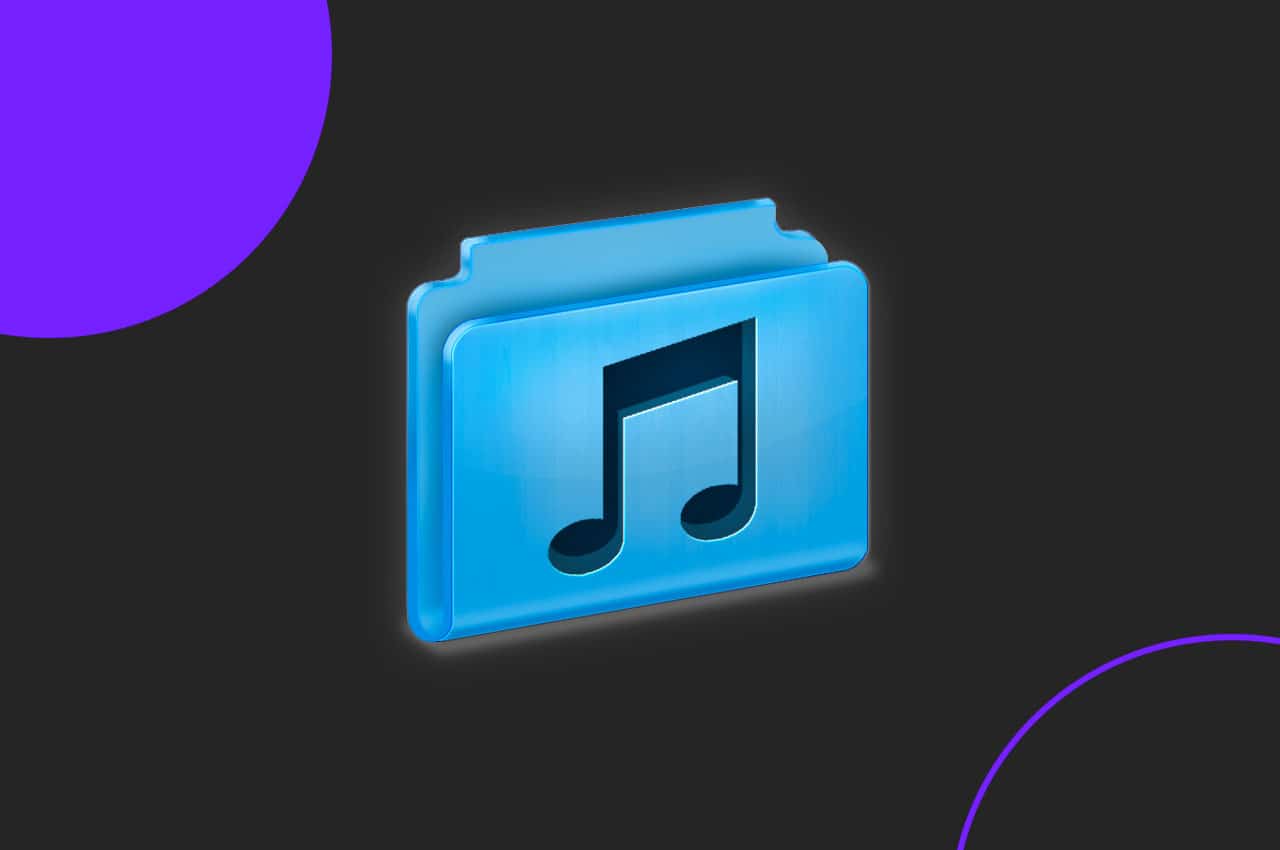
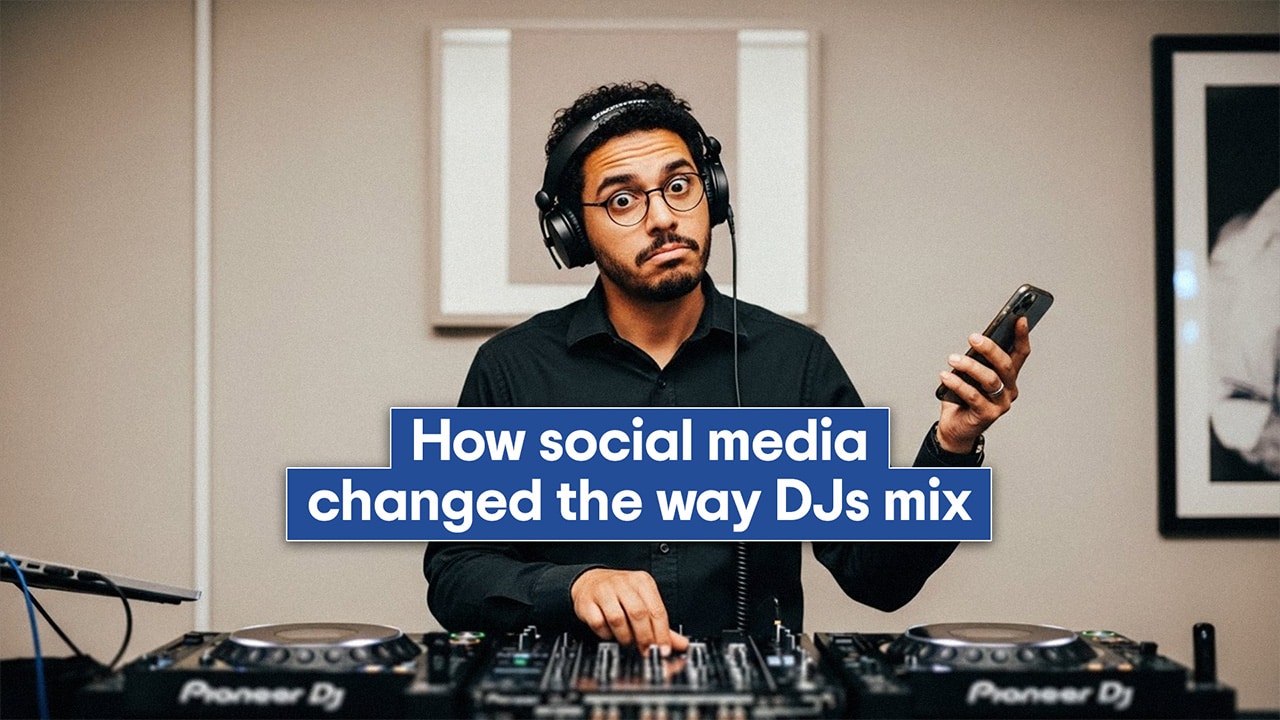
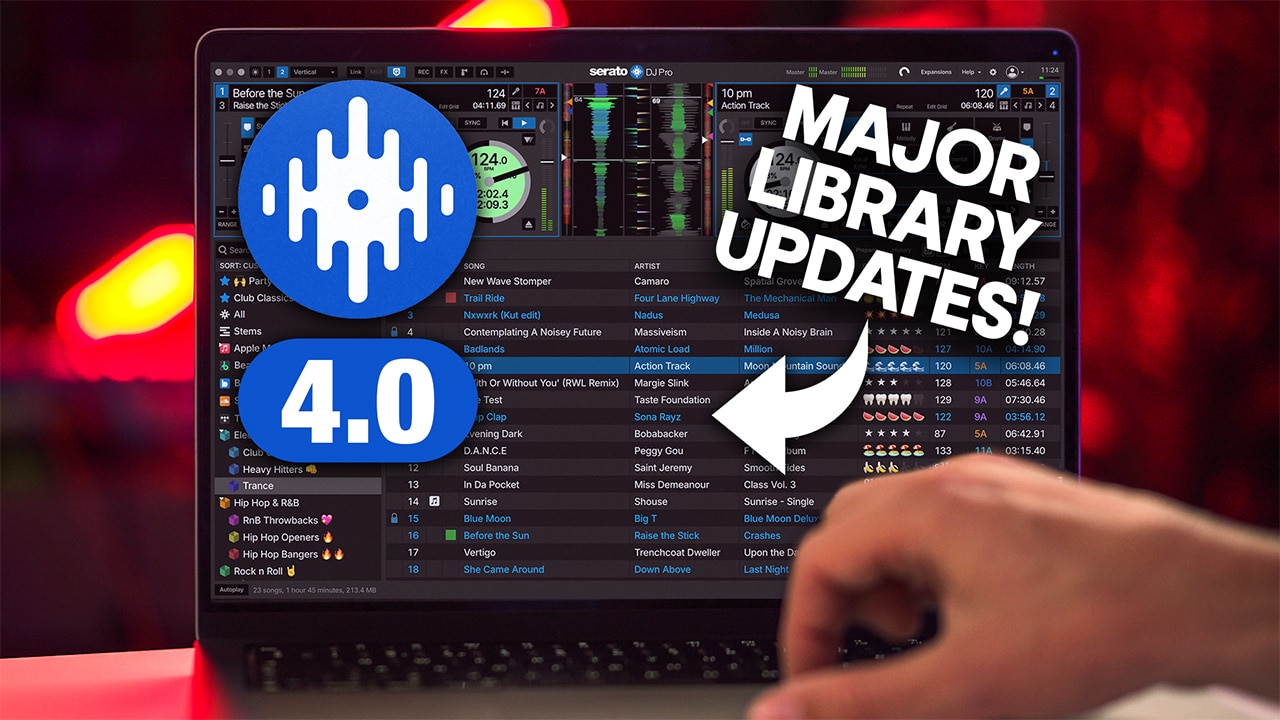

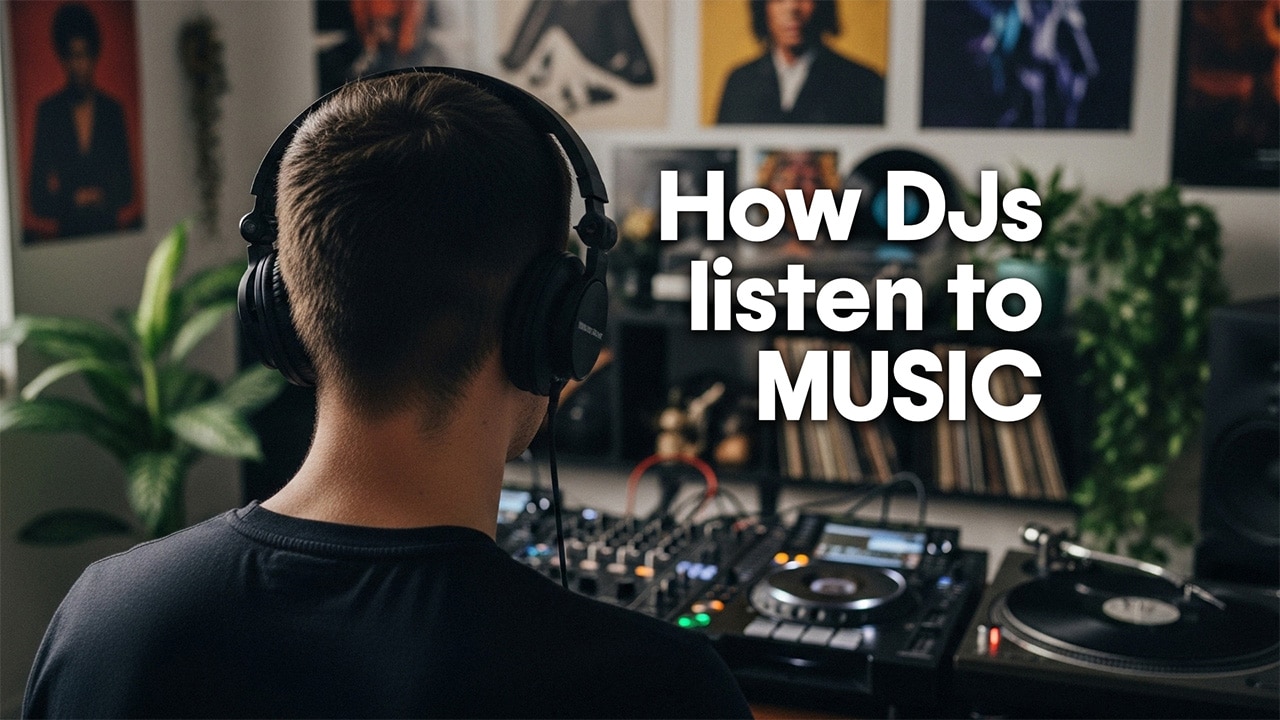
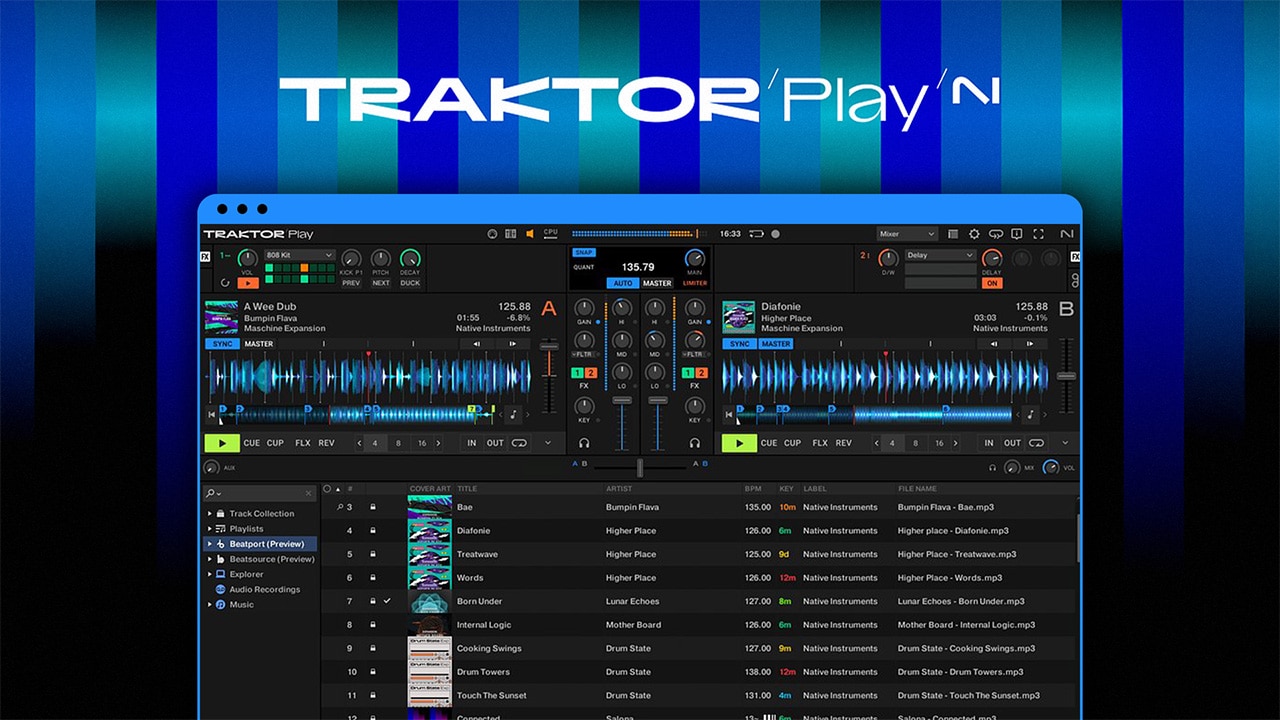
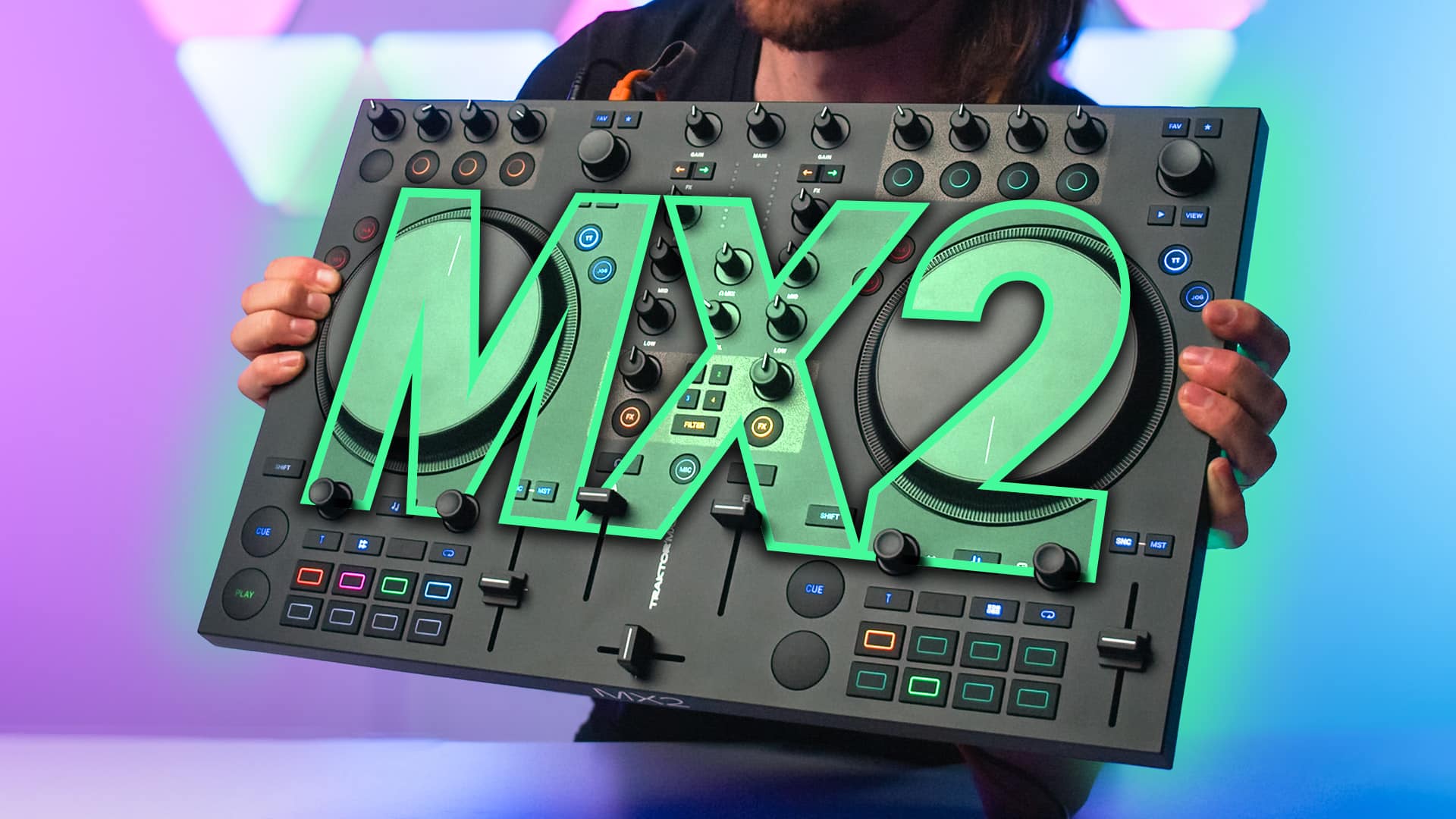
0 Comments